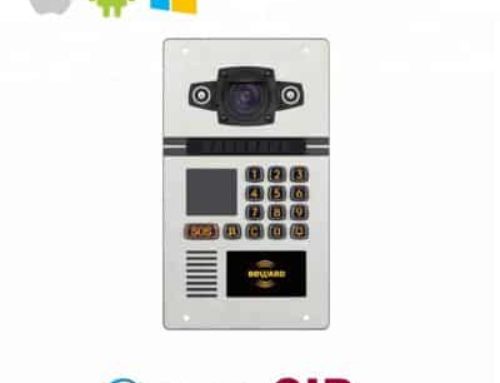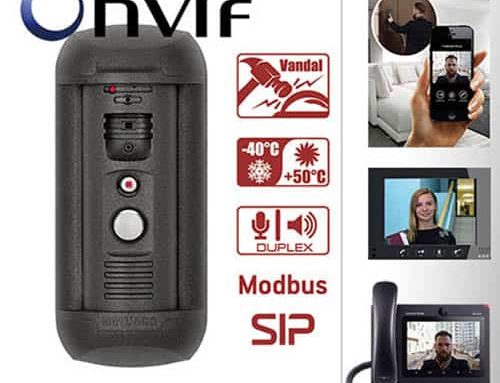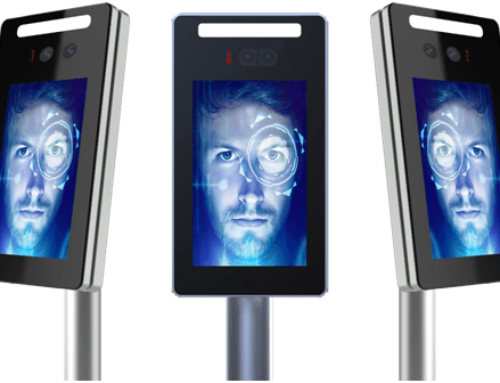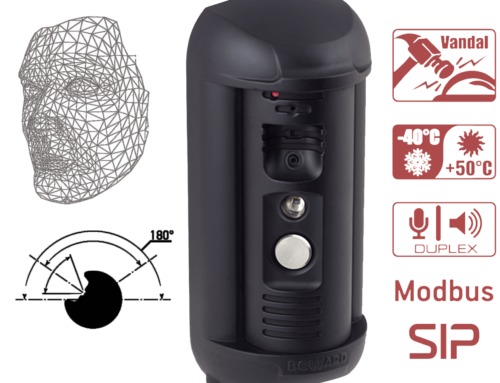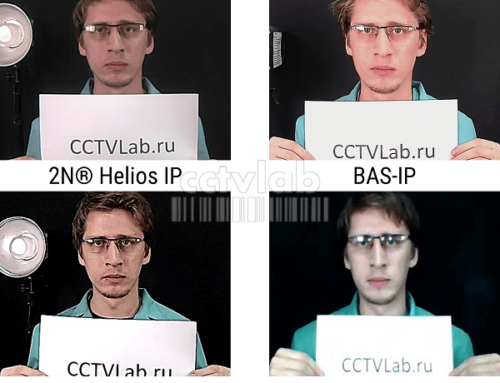In June 2011, John Khonovich presented 10 myths about video surveillance on his IP Video Market portal. Extended comments on the proposed statements were given by A.V. Bevard, Director General of NPP Bevard LLC. Maidukov:
Myth 1. More pixels = higher video quality.
More pixels = higher probability of getting higher detail under certain conditions. In reality, the conditions are not always met. The fact is that in the general case, an increase in pixels leads to a decrease in frame rate and camera sensitivity. In addition, higher resolution cameras require more expensive and high-quality lenses. Based on the current level of technology development, the optimum image quality (as the image informativeness in real light conditions) is in the range of 1.3–2 Mp. Anything higher dictates the need to pay attention to the pitfalls (sensitivity, frame rate, stream width) and, ideally, to test in real conditions.
Myth 2. One megapixel camera can replace N cameras of standard resolution.
The most commonly used is the calculation of the ratio of the number of pixels of cameras (divide the number of pixels of a megapixel camera by the number of pixels from an analog) and talk about the possibility of replacement. In reality, of course, this is not the case: surveillance zones for individual cameras can always be optimized more efficiently than for a single camera. Most often, the megapixel camera is placed for more informative image. In some cases, we can talk about replacing two – a maximum of three analog cameras (while the number of pixels it has is 4–5 times more).
Myth 3. The number of pixels per unit of the observed scene is a reliable indicator.
In the video surveillance industry, the number of pixels required for certain observation conditions is considered a practical parameter. For systems that require a high level of image detail quality (say, for face identification), the required resolution is up to 1500 px per square meter. This means, for example, that if you need to accurately identify people passing through an area of 2.3×2.3 m, the camera resolution should exceed 1 Mpx (1050×1050 px).
Myth 4. WDR value is a reliable characteristic.
WDR is a parameter that determines how well the camera will see dark and light areas of the image at the same time. On the other hand, the implementation of this algorithm is different for different manufacturers, the parameter value is not standardized, and the quality of the algorithm execution must be checked in real conditions.
Myth 5. The minimum illumination indicator is always trustworthy.
In the characteristics of cameras, manufacturers indicate the minimum level of illumination. At the same time, each means their own.
It is not always clear what is meant:
sensitivity on the object or on the matrix;
the noise level at which the sensitivity is taken as the minimum;
lens aperture for which the illumination level is indicated;
whether the charge accumulation function is used, reducing frame rate and blurring the image, etc.
The most “pearls” are issued by Asian manufacturers (and, accordingly, Russian importers of Chinese products, including under their own brands). For example, for a camera with a non-replaceable lens, apertures of F2.0 state a sensitivity of 0.01 lux (but not all pay attention to the note that sensitivity is indicated for lens F1.2).
At the moment, the parameter “sensitivity of cameras”, indicated on the websites of suppliers, I recommend using as a criterion for comparing cameras within the range of a particular supplier. For comparison, with cameras from other suppliers, and even more so as an objective indicator for some calculations – is unlikely.
Myth 6. Insufficient illumination does not prevent getting an excellent result of shooting.
Illumination directly affects the quality of the image. Less illumination – higher noise level, shallower depth of field (when using lenses with automatic aperture), as a result – less detail.
Myth 7. The use of IR illuminators significantly reduces the load on the communication channel.
In the case of using IP cameras, the use of IR illuminators reduces the noise level in the image, as a result, reduces the load on the communication channel (the noise in the video image is poorly compressed and greatly increases the flow).
Myth 8. The VSaaS model is a mature technology for successful use.
In the future, this technology will find its market, but at the moment technical problems (lack of a reliable, complete solution, cost of Internet traffic, reliability of an Internet connection) do not allow to speak of it as any real alternative to existing closed-loop surveillance systems. In addition, even with the solution of these problems, the transition to VSaaS will be severely limited by the fear of both private and corporate users to trust personal, confidential information to a third-party provider.
Myth 9. 80% of video analysis systems can be considered high-quality and reliable
Video analysis systems do not yet have sufficient “intelligence”. The system of video analysis includes the ability to identify a potential threat (for example, car theft), as well as to distinguish objects with high probability (at least to determine whether a car or a person). Modern video surveillance systems are only at the stage of development of the assessment of events on the stage, most often it comes down to a banal motion detection, sabotage, abandoned items, recognition of numbers or faces. All these reactions require a significant share of human participation, and video analysis systems, on the contrary, imply full automation with minimal operator participation.
Myth 10. Megapixel cameras can “almost completely” eliminate the need to use PTZ cameras
Today, in order to replace an analog camera with a D1 resolution with x36 optical zoom, they need a panoramic megapixel camera with a resolution of 3700 Mpx higher resolution cameras on the market). The directions of PTZ and panoramic megapixel cameras are developing in parallel – I think this trend and the gap will continue in the near future.
The products of SIP IP Intercoms for Apartment R&D by Beward have the High-quality Video:
- 1.3 MP CMOS Sensor SONY Exmor Day/Night
- 2.8/3.6/6/8 mm M12 lens
- IR light up to 10m, the third generation
The details please visit Beward website www.beward.cn, or the products page: https://www.beward.cn/sip-ip-intercom-system-for-multi-apartment/



